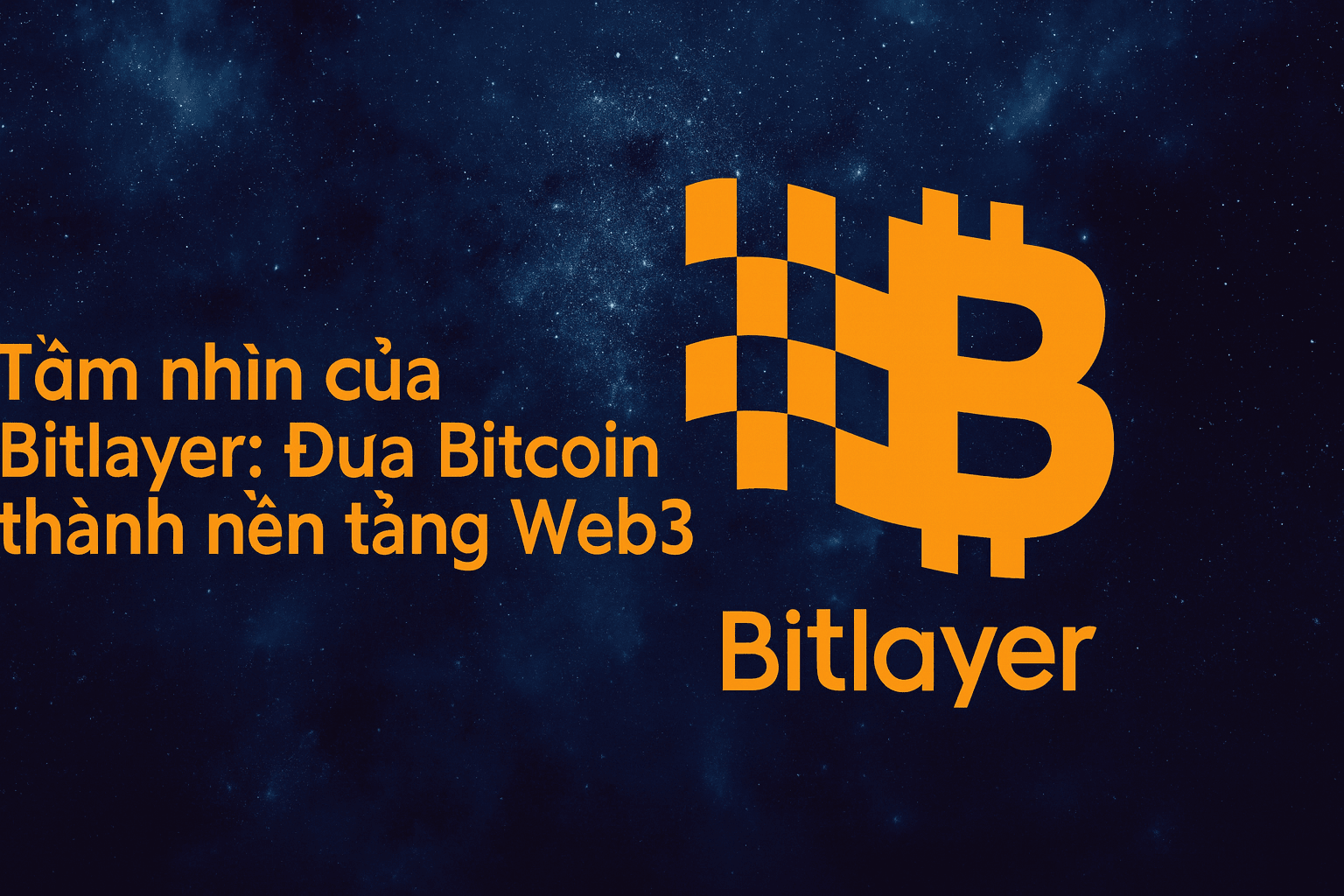Layer2 on Bitcoin: Why is @BitlayerLabs outstanding?
Bitcoin has long been considered the 'digital gold' – a safe and decentralized value storage system. However, the biggest limitation of Bitcoin is its scalability and flexibility in developing decentralized applications (dApps). This is why Layer2 solutions have emerged, aiming to provide speed, lower costs, and expand the capabilities of the Bitcoin ecosystem. Among them, @BitlayerLabs (BTR) is emerging as a promising project.
The first highlight of Bitlayer is its EVM (Ethereum Virtual Machine) compatibility. This means that applications and smart contracts from Ethereum can be easily deployed on Bitlayer without needing too many adjustments. As a result, the DeFi and Web3 ecosystem, which has already developed strongly on Ethereum, can quickly 'migrate' to Bitcoin through Bitlayer, leveraging the high security and massive market capitalization of BTC.
Secondly, Bitlayer pursues a modular Layer2 model. Instead of bundling all functions into a single layer, Bitlayer separates components such as computation, storage, and security. This model offers high flexibility, easy scalability, and optimized performance. Compared to other Layer2 solutions on Bitcoin like Stacks or Rootstock, Bitlayer focuses more on horizontal scalability and a developer-friendly experience.
Another important distinction is the ability to open up DeFi space on Bitcoin. If previously BTC was mainly held as a reserve asset, with Bitlayer, users can stake, trade on DEX, borrow-lend, or participate in yield farming models right on the Bitcoin infrastructure. This transforms BTC from a 'store of value' into truly 'programmable money.'
Finally, $BTR – the native token of Bitlayer – plays a central role in operating the network, paying gas fees, and participating in governance. The combination of advanced technology, EVM compatibility, along with the vision to make Bitcoin a Web3 platform makes Bitlayer one of the most prominent and noteworthy Layer2 solutions today.



